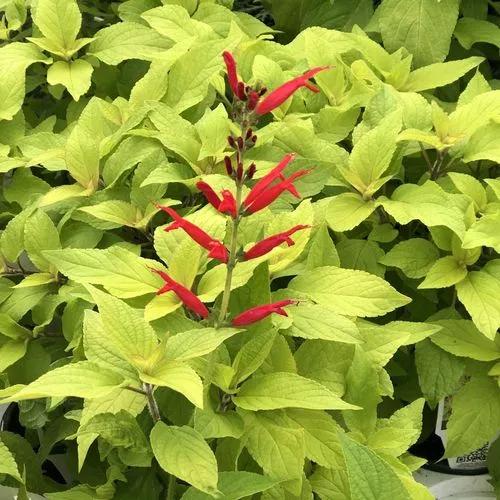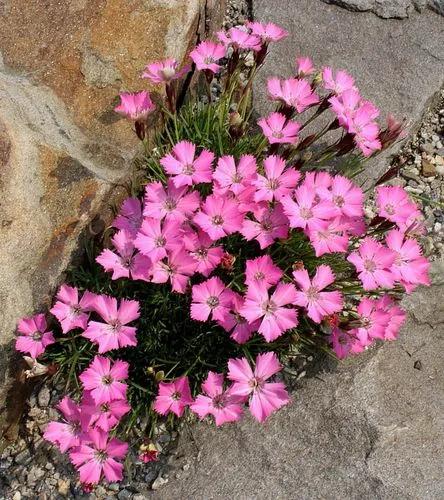Catharanthus roseus, commonly known as bright eyes, Cape periwinkle, graveyard plant, Madagascar periwinkle, old maid, pink periwinkle, rose periwinkle, is a species of flowering plant in the dogbane family Apocynaceae.
Cape periwinkle Care
Catharanthus roseus



Previously included in the Vinca plant genus as Vinca roseus or Vinca rastrera, Catharanthus roseus is an evergreen sub-shrub known for its glossy green leaves. It belongs to the Apocynaceae (dogbane) family of plants. It’s native to Madagascar and cultivated throughout the world as an ornamental plant and as a medicinal plant. It’s a hardy plant and popular in subtropical gardens. Trailing vinca is a small perennial (in warm locations) with a woody base. It produces a mound of woody stems and glossy green foliage, reaching a height of about 6” – 18” inches. It’s a low maintenance trailing plant spreading easily, making to a common choice for ground cover in a garden bed. The leaves are oblong and measure about 2” inches.
How to Care for the Plant

Water

Apply infrequent supplemental water in only the hottest and driest periods. In temperate zones, water the plants only until established and then rarely. The plant thrives in ideal zones, in either partial shade or partial sun. The key is heat and dryness for a healthy rosy periwinkle.

Pruning

Never remove more than a third of the foliage in any one year and cut just above a node on the stem.

Fertilizer

Simply apply the fertilizer around the base of the plant, extending to the drip line. For vegetables, place the fertilizer in a strip parallel to the planting row. Water-soluble fertilizers are faster acting but must be applied more frequently. This method gives plants food while you water.

Sunlight

They need around six hours of sunlight (and no less than four), but they also benefit from some time spent in the shade.

Soil

Loamy soil, a relatively even mix of sand, silt, and clay, feels fine-textured and slightly damp. It has ideal characteristics for gardening, lawns, and shrubs. Loamy soil has great structure, adequate drainage, is moisture-retaining, full of nutrients, easily cultivated and it warms up quickly in spring, but doesn't dry out quickly in summer.

Temperature

The plant can’t survive freezing temperatures in the winter. In cool regions with warm summers, place the plant outdoors in sunny spots during the warmer months, and bring it inside for the winter.

Container

Plants that don't like a lot of moisture will need a drainage hole for moisture to escape and for airflow to circulate through the pot. Another important function of drainage holes is to allow water to flush the soil of excess salts from fertilizers.

Popularity

27,746 people already have this plant 3,437 people have added this plant to their wishlists
Discover more plants with the list below
Popular articles






